
You’ll likely need a universal translator to decipher the fiscal discourse emanating from Capitol Hill this week and next.
You’ll hear a lot about budget reconciliation. “One bill/two bill.” And “vote-a-rama.”
Let’s break down what the House and Senate Budget Committees completed last week. That will set the table for what the full Senate addresses this week – and what the House aims to tackle next week.
Congressional Republicans intend to enact President Donald Trump’s core agenda of cutting taxes and reducing federal spending. Republicans have their own problems passing such a plan in the House of Representatives because of the GOP’s slim majority. Republicans must stick together. But in the Senate, Republicans have 53 seats. That’s not enough to crack a filibuster on legislation. The bar there is 60. However, there’s a way to overcome that obstacle: use a special process called “budget reconciliation” to bypass a filibuster and pass the bill.
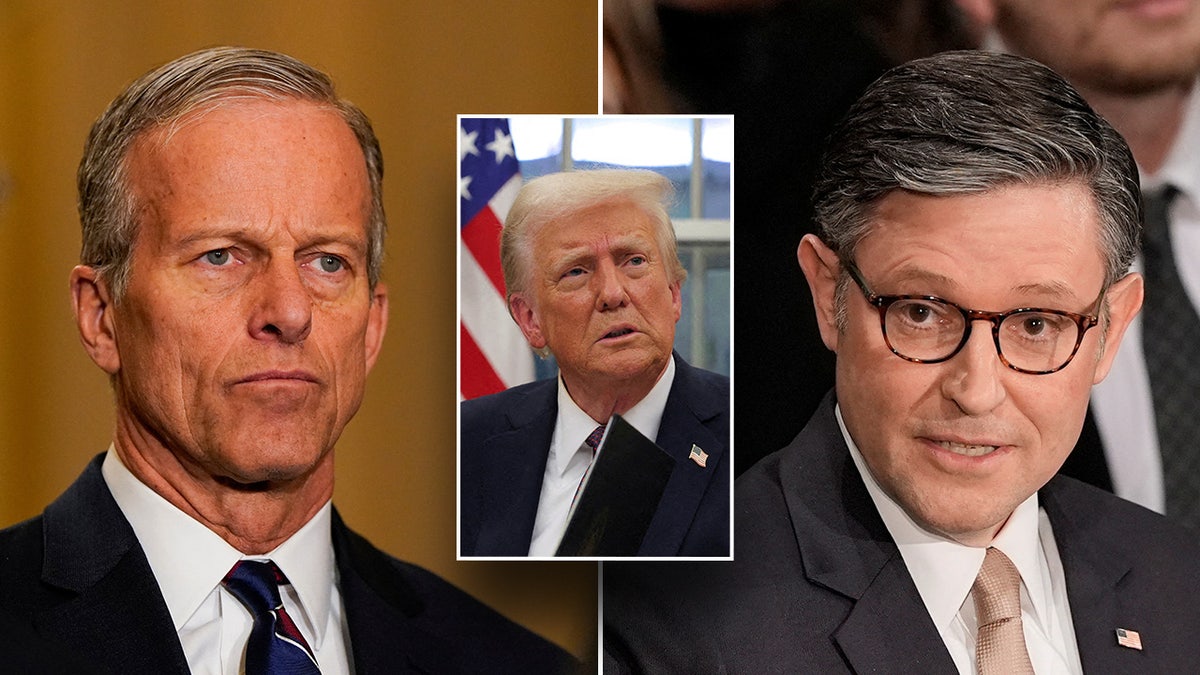
Congressional Republicans intend to enact President Donald Trump’s core agenda of cutting taxes and reducing federal spending. (Reuters)
‘WOKE IS THEIR GOD’: EX-DEM FUNDRAISER SAYS PARTY ‘IN SHAMBLES’ AFTER 2024 ELECTION LOSSES
“Budget reconciliation” isn’t a trick or scheme. It’s a time-honored parliamentary method used by both parties to enact their agenda when they can’t vault the filibuster.
Democrats used budget reconciliation to clear filibuster hurdles to approve Obamacare in 2009-2010. Republicans deployed the reconciliation gambit to try to undo Obamacare in 2017. However, Republicans were more successful in approving President Trump’s tax cuts later that year via reconciliation.
The issue is that you must have a budget in place in order to use reconciliation in the Senate. And, the House and Senate must approve the same budget vehicle for reconciliation.
Let me say that again: it has to be the same budget vehicle for reconciliation.
That lays the groundwork. Here’s what unfolded last week:
House Republicans initially struggled to assemble a budget chassis for their eventual legislative plan. What they had to do first was construct and approve the legislative structure for this in the Budget Committee.
That took a Herculean lift. But after six weeks of meetings, House Republicans finally advanced their plan through committee. It cuts $4.5 trillion in taxes, $2 trillion in “mandatory” spending (like entitlements) and lifts the debt limit by $4 trillion.
TRUMP FBI DIRECTOR NOMINEE KASH PATEL PICKS UP SUPPORT FROM KEY GOP SENATOR
Republicans specifically designed this measure to make it out of the Budget Committee and appeal to conservatives.
Hold that thought for a moment about who the committee targeted the bill for.
House Republicans could no longer dither. That’s because Senate Republicans were marching ahead with their own plan. It was slimmer and didn’t focus on some of the same priorities demanded by the House.
The Senate Republican package didn’t touch tax cuts. Instead, it bolstered military spending and infused the Department of Homeland Security and other related agencies with $175 billion to finish the border wall. It also increased energy production. Senate Budget Committee Chairman Lindsey Graham, R-S.C., long argued that voters elected President Trump and awarded Congressional Republicans the House and Senate because their message about border security resonated with them. Graham believes it’s a fool’s errand to deal with tax and spending cuts first. He says the border should be up first. Then move to other things.
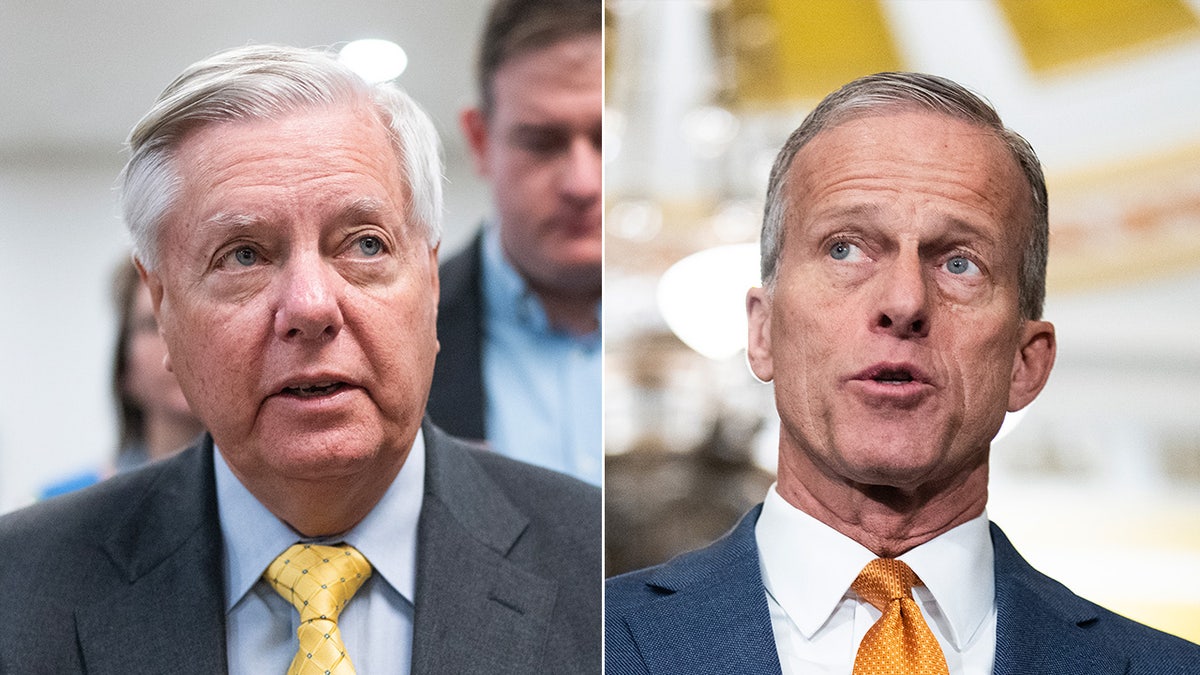
Graham believes it’s a fool’s errand to deal with tax and spending cuts first. (Getty Images)
You’ve undoubtedly heard the debate about, “one bill, two bill.” This is the crux of the debate between the House and Senate. The House wants to do one bill. Or, in the vernacular of the President, a “big, beautiful bill.” However, the Senate approach of focusing first on energy and the border – and leaving tax and spending cuts for later – naturally dictates doing two pieces of legislation.
This is the parliamentary problem facing Republicans. It doesn’t matter if it’s one bill, two bill, red bill, blue bill. Yes. I know this sounds like Dr. Seuss. Passing one thing is a lot easier than approving two things in Congress. And it’s far from clear that House Republicans can even pass their sole bill that just came out of committee.
Graham forged ahead with his bill in committee – the day before the House Budget Committee could even meet. That created the very real possibility that the Senate could jam the House with its “one bill” because the House may never approve its own framework on the floor.
But, there’s a risk involved.
What happens if Republicans are stymied by infighting and can never re-up the tax cuts?
The Senate began its 50-hour debate on the budget framework Tuesday night.
4 OF THE BIGGEST CLASHES BETWEEN PATEL, SENATE DEMS AT HIS CONFIRMATION HEARING
The budget process is lengthy and arduous. It culminates in a marathon vote series – known as a vote-a-rama Thursday, through Friday and perhaps into the wee hours of Saturday morning.
This onerous exercise is to craft a legislative product which enables Republicans to bypass a Senate filibuster later. However, the proposal must be fiscal in nature and not add to the deficit over a ten-year period.
Here’s something important to know:
The mechanics just spelled out creates nothing more than a shell. This is the legislative chassis I referred to earlier. BOTH the House and Senate must have this in place to eventually debate substantive and “binding” provisions of legislation down the road – be it border security or massive tax cuts. No “chassis,” then no final bill.
So this is an important phase in moving the President’s agenda. But not the end result.
Remember what I said about House Republicans writing their bill to appeal to conservatives on the Budget Committee? The maneuver by the GOP brass was to specifically pry a plan out of committee. But adopting that budget proposal on the House floor – let alone the final bill – is a challenge. Some conservatives don’t think the bill cuts enough. Some moderates worry about blowing a hole in the deficit with the tax cuts. High-tax state Republicans – like those from New York and California – may be loath to support the package if it fails to address SALT. That’s the reduction on state and local taxes.
Rep. Nicole Malliotakis, R-N.Y., is concerned about blowing a hole in the deficit with the tax cuts.
“$4.5 trillion (in tax cuts) does not leave a lot of room to do the President’s priorities. I share a lot of those priorities with the president, particularly as it relates to SALT and reducing taxes for our seniors,” said Malliotakis.
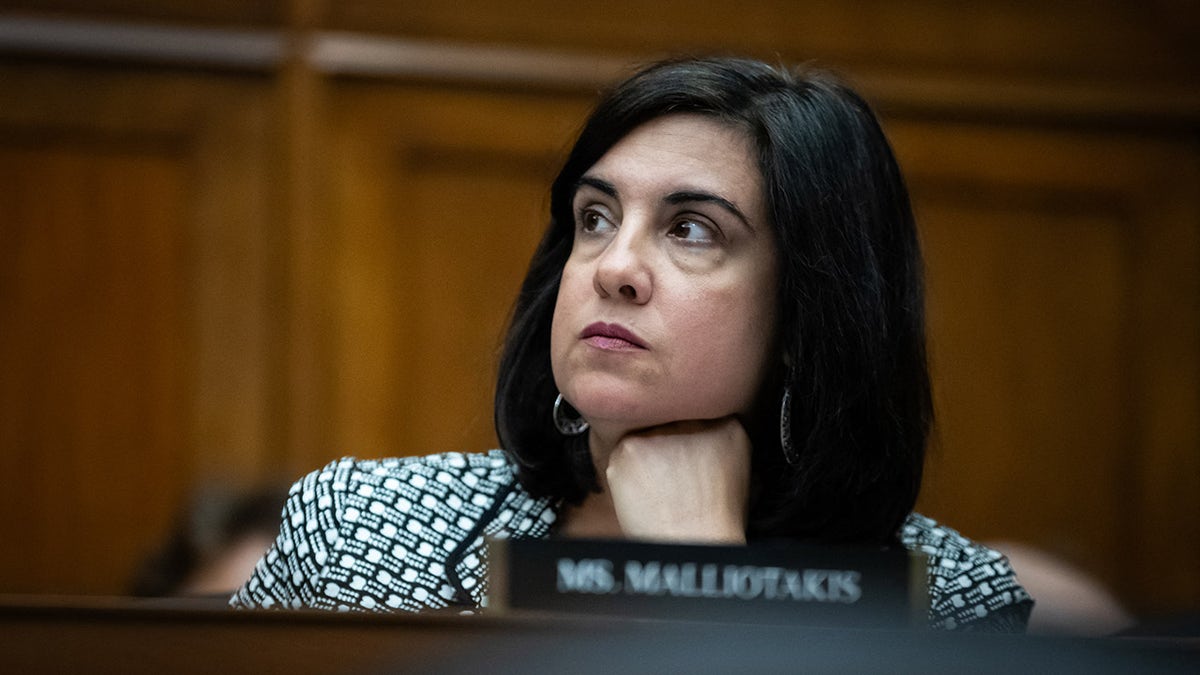
Rep. Nicole Malliotakis (R-NY) listens to testimony from Dr. Anthony Fauci, former Director of the National Institute of Allergy and Infectious Diseases, during a hearing of the House Select Committee on the Coronavirus in Washington on June 3, 2024. (ALLISON BAILEY/Middle East Images/AFP via Getty Images)
One option Republicans are talking about is offsetting some of the tax cuts with money brought in via tariffs. It’s argued they could bring in up to $1 trillion in tariffs annually. But total goods imported was only a little over $3 trillion.
There is no plan right now to slap a 33 percent tariff on all goods. So that figure seems to be ambitious.
Also, Republicans can’t technically “count” revenue generated by tariffs toward deficit reduction – unless it’s in the bill. Yes, tariffs could impact the bottom line. Favorably, even. But it’s something the Congressional Budget Office (CBO) would not evaluate unless it was part of the legislation.
So could lawmakers put tariffs in the bill? Sure. But some Republicans would be loath to vote for that provision. That’s because some would interpret the tariffs as a tax on the public.
But even as the Senate moved ahead, House Speaker Mike Johnson, R-La., referred to Graham’s approach “a non-starter” in the House.
ONE MONTH IN TO HIS SECOND TERM, NEW POLLS SUGGEST TRUMP’S POLL NUMBERS SLIPPING
This is the parliamentary problem facing Republicans.
“If the House can pass one big beautiful bill and get 218 on it and send it to the Senate, I will tell you right now, we can get 51 votes on that,” said Sen. Markwayne Mullin, R-Okla., on Fox Business. “I’m just not sure they can do it.”
Mullin went on to characterize the House approach as “having all of our eggs in one basket.”
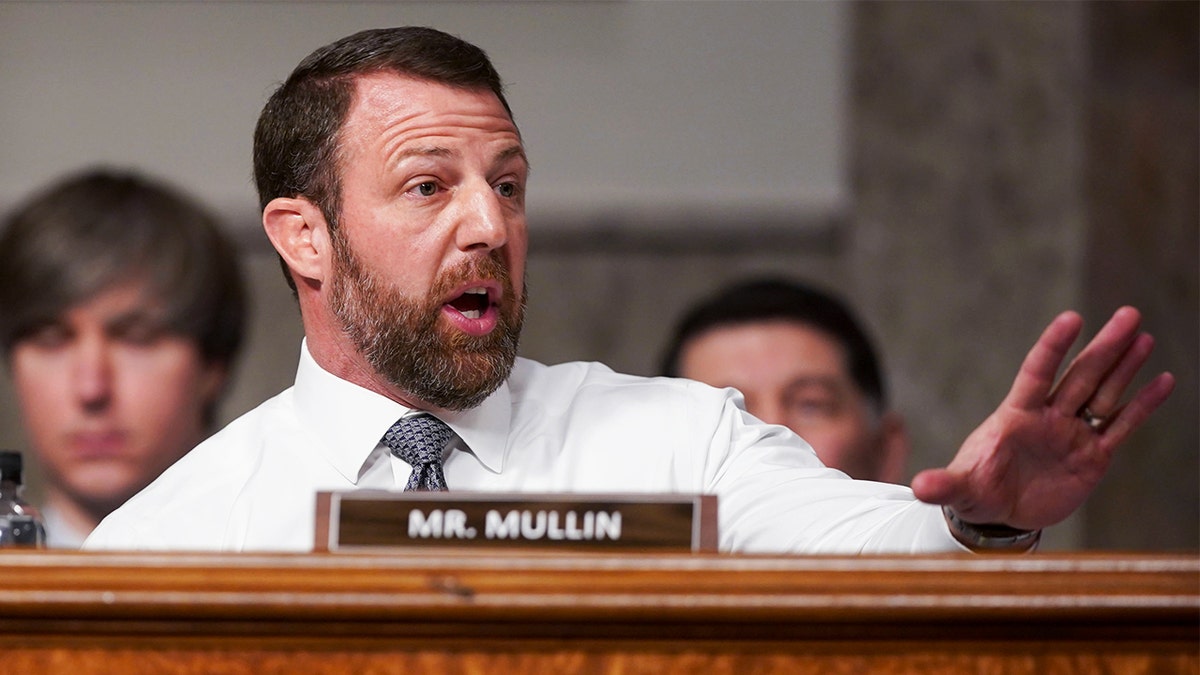
Senator Markwayne Mullin, a Republican from Oklahoma, speaks during a Senate Armed Services Committee confirmation hearing in Washington on Tuesday, Jan. 14, 2025. (Al Drago)
Then came a shot across the Senate’s bow on Wednesday morning.
The President took to Truth Social to undercut Senate Republicans just as they began debate on their slimmer bill.
Senate Majority Leader John Thune, R-S.D., has been in touch with the White House. But when speaking of the President’s decision, Thune conceded he “didn’t see that one coming.”
Mr. Trump officially endorsed the House GOP’s “one, big beautiful bill” to enact his agenda.
“He’s going to get what he wants. And so he wants one bill,” said Sen. Tommy Tuberville, R-Ala.
“When he says over and over, ‘I want one bill,’ it kind of seems to me like maybe he wants one bill,” observed Sen. Josh Hawley, R-Mo.
Still, Senate Republicans marched ahead with their own package.
“I just hope that leadership is going to sort this out and not just stick fingers in ears and say, ‘Well, we’re just going to do what we want,’” said Hawley.
Senate GOP brass did not budge.
So yours truly had a question for Thune.
“Are you defying the president by going ahead with your own budget plan?” I asked.
“We believe that the president also likes optionality,” countered Thune.
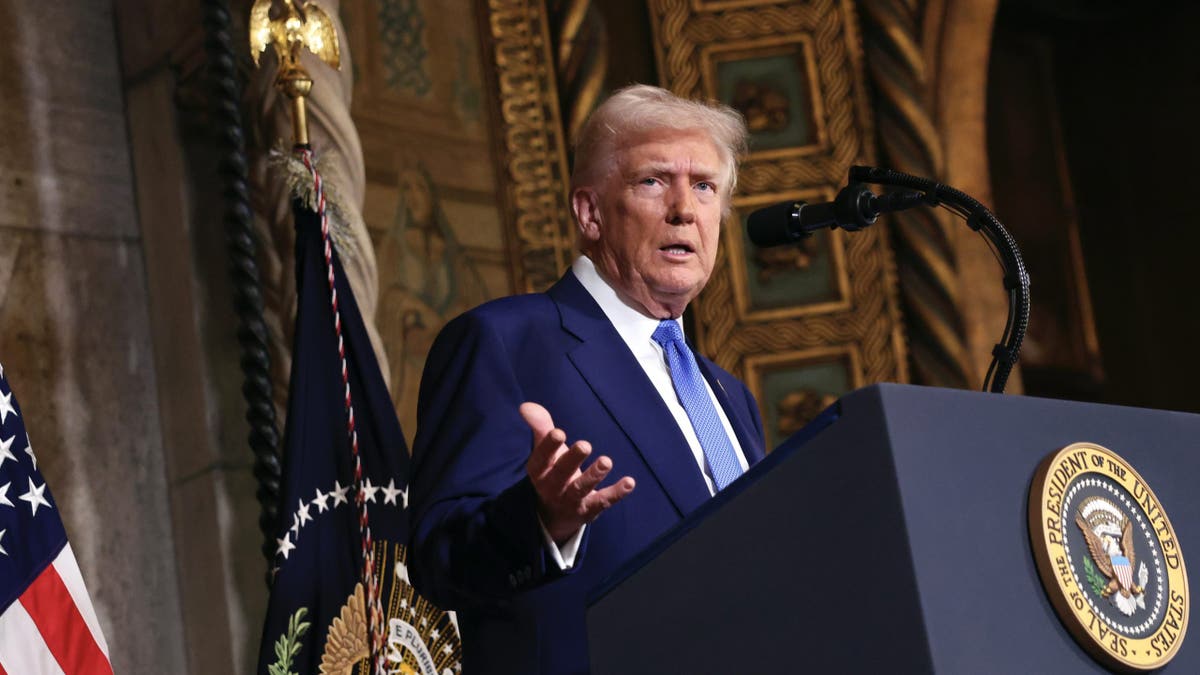
President Donald Trump speaks at Mar-a-Lago in Palm Beach, Fla., Tuesday, Feb. 18, 2025. (Pool via AP)
The President also called out Graham by name for failing to craft a comprehensive bill. President Trump noted that the House approach “implements my FULL America first agenda.”
Mr. Trump then dispatched Vice President Vance to Capitol Hill to meet with Senate Republicans at their weekly luncheon.
“What the post seemed to suggest that we shouldn’t move forward. That was cleared up today. JD says we prefer one bill. I prefer one bill. But we go forward,” said Graham.
So the Senate moves ahead. However, this is just the first of many steps to implement the President’s agenda.
CLICK HERE TO GET THE FOX NEWS APP
And here are the biggest questions on the table right now:
Will the President’s decision to weigh in compel skeptical House Republicans to support the House package?
Can the House approve a plan?
And, can the House and Senate ever approve the same framework – just so they can eventually move ahead to the actual bill?
All answers are unclear.



